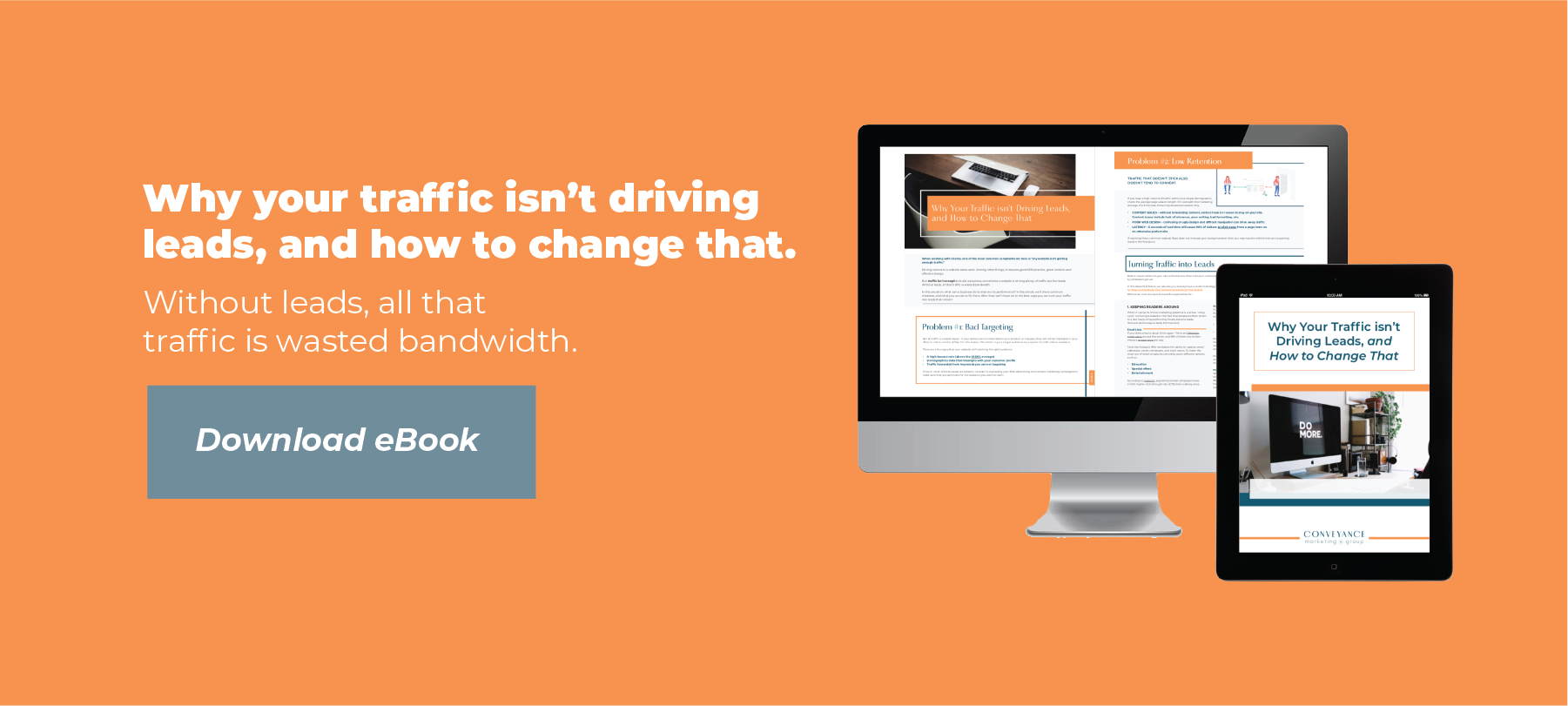
Online marketing has changed a lot over the years, but one rule has remained constant: email is a great way to stay in touch. In 2019, over 3.9 billion people use their email accounts on a regular basis, and that makes it more reliable than any other form of communication – but thanks to competition, using it can be tricky.
The average office worker receives 121 emails on a daily basis and may spend only a few seconds on each. The headline of an email is the first and last thing that most recipients will actually see, and they judge quickly: according to statistics, 47% of customers open their emails based on the subject line alone, and 69% of them will flag an email as spam if they don't like it.
Most businesses take advantage of email somewhere in their marketing funnel, from maintaining a newsletter to notifying customers of discounts or managing support cases. It’s a versatile tool: but unless an email gets clicks, what’s the point in sending it?
Fortunately, there’s plenty of research behind email headlines and what makes them successful. In this article, we’ll share seven actionable tips based on the data. Without further ado, let’s jump right in.
7 Tips for a Killer Headline
- Avoid the word “newsletter”
Plenty of customers subscribe to newsletters, but for some reason they don’t like to be reminded of it: including the word “newsletter” in an email’s subject line reduces open rates by 18.7%. Consider some alternatives to this overused tag:
- Try “updates” or just “news”
- Summarize a major news item in the header itself, and make it exciting
This leads us directly to our next point:
- Include EMV words
Using words with emotional value (EMV) is a golden rule for driving engagement. Any word that catches a readers eye and elicits an emotional response is an EMV word: examples include “free,” “better,” “urgent,” “successful,” etc.
Professional copywriters typically use 30%-40% EMV words when writing headlines, and it has an impact – in one study, simply including the word “free” boosted email open rates by 10%.
- Use active language
The “active” vs. “passive” distinction is a long-standing element of English style used in SEO, journalism and creative writing. Active language is always more captivating than passive language and should be used whenever possible.
Examples of passive titles include: “guide for buying a car,” “we’re opening a store near you,” and “we’ve written a report”. The active versions are better: “how to buy a car,” “a store will open near you” and “we wrote a report”.
While it’s impossible to use active language all the time, using it often will create a sense of urgency that catches readers’ attention.
- Avoid the “forward” trick
For years, marketers have tried to make their emails look less salesy and more personal by using the “Fw:” tag. But everyone has caught onto this trick and using “Fw:” in the header of an email reduces open rates by 17%.
If you want to personalize an email, try our next tip instead:
- Drop the subscriber’s name
Consumers appreciate real personalization that takes effort, and thanks to email marketing tools like Mailchimp, it’s possible to customize the subject line of an email for marketing segments and individual customers.
In side-by-side comparisons, using the prospect’s name (“Hey X,” “Dear X,” etc.) raises open rates by nearly 3% - meanwhile, the generic “you” reduces open rates by 5%. For even better success, send different emails to different groups of customers based on their history and attributes.
- Keep ‘em short
The length of an email headline has a noticeable impact on open rates: the sweet spot is between 6-10 words, which bags a 21% open rate. From there, engagement drops to 9% for 21 words and beyond – but titles shorter than 6 words don’t perform nearly as badly.
Based on the data, it would be better to omit a header altogether than to use a really long one, and that brings us to our last tip –
- 7. Drop it
Here’s some counter-intuitive advice: if you’re feeling intimidated by the task of writing an email headline, try leaving it blank. In a study by Hubspot, emails with an empty subject line performed 8% better than the rest.
We don’t recommend adopting this as an all-purpose strategy: but if your emails are performing poorly, dropping the header can give you a baseline for assessing different versions. If no headline really works best for a given campaign, trying to write one will yield diminishing returns.
Test Every Headline
No matter how good your headline is, few things are perfect on the first try. Thankfully, email marketing isn’t a guessing game, and there are plenty of tools to test any headline you before including it in a campaign.
- Headline analyzers – computers may not be able to write great content, but they’re great at analyzing it and recommending changes for improved performance. Some email marketing suites like CoSchedule have built-in tools for ranking your headline; standalone tools include Email Subject Line Grader by Net Atlantic and Sharethrough’s Headline Analyzer
- A/B testing – almost every modern email suite includes A/B testing functionality which allowing you to compare two different versions of the same email. Not only does this help you pick the best header for each campaign, but over time it will teach you about your unique audience and improve the performance of future campaigns.
Always remember that as a brand, you are not trying to reach the whole world through your email campaigns: you are trying to reach your own audience. Good advice goes a long way, but it’s no substitute for strategy: when expert recommendations fail, throw it away and focus on the results gleaned through trial and error.
Related Articles



A/B Testing on Website Marketing Tactics ROI Elements of Impactful Social Media Posts
Conveyance Marketing Group is a team of bright, innovative and talented veteran marketers dedicated to big ideas, fresh insights and measurable results. We pride ourselves on taking challenging marketing issues and turning them into opportunities for our clients, on pointing brands in the right direction, and on getting our customers noticed both online and off. From branding to websites to digital marketing, and public relations, we handle all your marketing communication needs! Web Design and Development | Brand Strategy | Inbound Marketing | Social Media | SEO | PR


